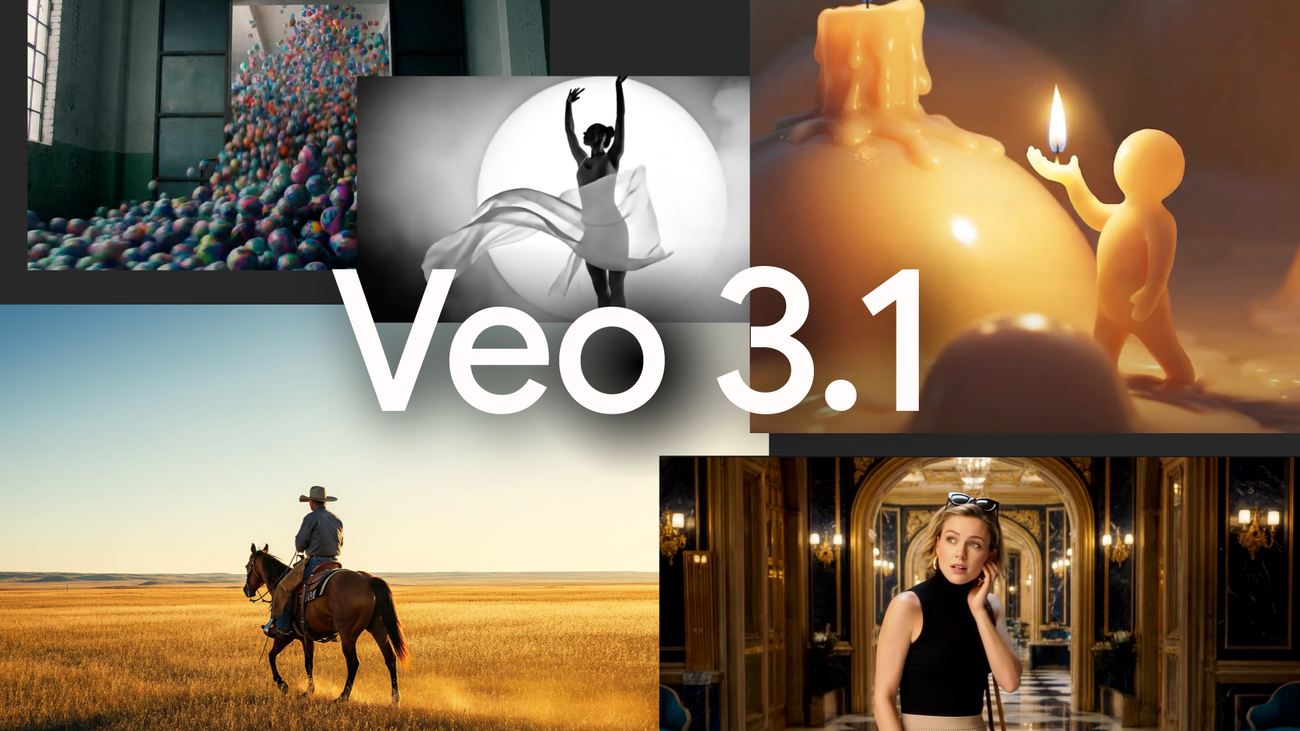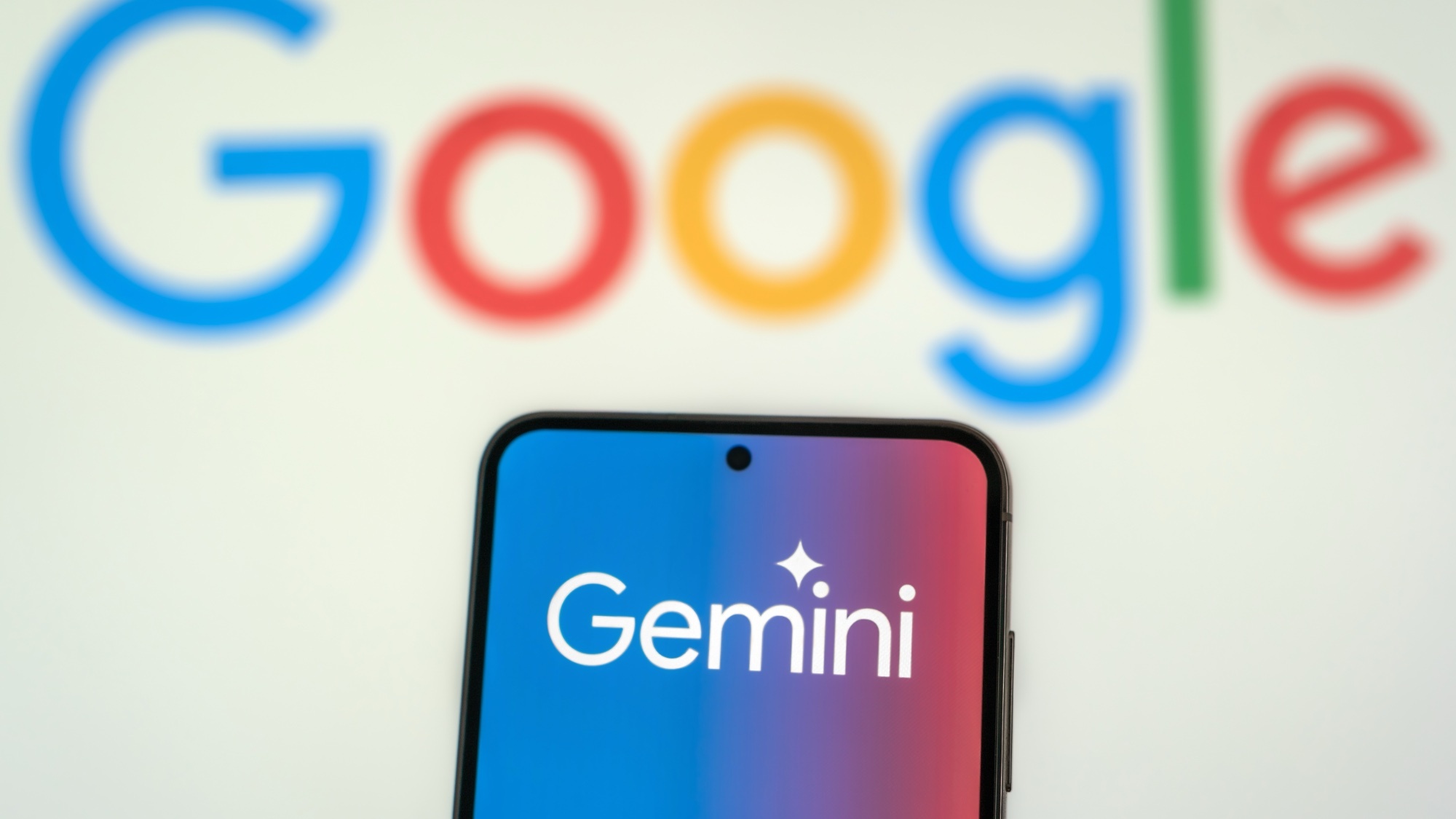Gemini Veo 3.1 is everything AI video should be — take notes OpenAI
Google just dropped a major upgrade to AI video

It’s a tale as old as time… or at least one as old as the past year or two. Google vs OpenAI, in the battle to be the top AI powerhouse. Both are throwing out updates, features and tools left, right, and center, but their approaches couldn’t be any more different right now.
OpenAI very recently launched its Sora 2 video model. It was the first AI video update from the company in over a year, which, unsurprisingly, brought a huge boost in both traffic and users.
However, unlike some of its competitors, OpenAI made a controversial decision, allowing the use of real characters and celebrities to be generated inside Sora 2. This resulted in everything from Sam Altman (the CEO of OpenAI) being plastered into every video to celebrities finding themselves in strange (and sometimes) graphic situations.
Since then, OpenAI released an update, stating that well-known individuals would have to opt in for their likeness to be used — albeit with the subtext they would be missing out by not taking part.
Then, more recently, OpenAI has announced the company will soon be introducing age-gating, allowing those who can prove they are over 18 to create "erotica" content via OpenAI.
In other words, OpenAI is appealing to a large group of people who want AI to be more open, with fewer guardrails in place. This is similar to the way that Elon Musk’s Grok has operated for some time.
While this has proved to boost the company’s user base, it also comes with increased risks. Both OpenAI and xAI (the company behind Grok) have faced controversies for this kind of approach, taking the brunt of blame when users create inappropriate content via their tools.
Get instant access to breaking news, the hottest reviews, great deals and helpful tips.
The Gemini approach

With the launch of Veo 3.1, Google brought about an array of big changes, but almost all of them were focused on improvements in quality and speed.
So, what does this all have to do with Gemini? With the launch of Veo 3.1, Google brought about an array of big changes, but almost all of them were focused on improvements in quality and speed.
Using Veo 3.1, you can insert or remove objects from any scene, extend a video before its original ending, generate transitions between two still frames, and guide the look and feel of a scene using reference images, objects, and moods.
Gemini went further by improving both video and audio quality in its videos. It includes richer background audio and is more contextually accurate to what is happening.
While Sora 2 brought about clear upgrades to quality (and introduced audio generation), it still struggles with a lot of noticeable problems, especially in the background with glitching objects.
Sora 2 operates in a form that is similar to a video streaming platform like Instagram Reels or TikTok. By doing this, OpenAI is looking to approach AI video in a more viral, fast-paced way.
Gemini, on the other hand, is built more for practical uses. It is much more limited when it comes to generations of real people, and limits gore or dangerous imagery.
With the 3.1 update, Veo moves further into that space, focusing updates on improvements in quality and how involved the user can be on the end product.
This is why we believe Gemini is leading the way for AI right now, and is one of the things holding Sora 2 back. Let us know what you think in the comments below.
Follow Tom's Guide on Google News and add us as a preferred source to get our up-to-date news, analysis, and reviews in your feeds. Make sure to click the Follow button!
More from Tom's Guide
- How to get Perplexity Pro for free — 3 ways you can get a year at no cost
- Forget ChatGPT, Gemini looks set to win the AI race — here's why
- Claude Haiku 4.5 just launched — and I’m obsessed with how fast it makes vibe coding

Alex is the AI editor at TomsGuide. Dialed into all things artificial intelligence in the world right now, he knows the best chatbots, the weirdest AI image generators, and the ins and outs of one of tech’s biggest topics.
Before joining the Tom’s Guide team, Alex worked for the brands TechRadar and BBC Science Focus.
He was highly commended in the Specialist Writer category at the BSME's 2023 and was part of a team to win best podcast at the BSME's 2025.
In his time as a journalist, he has covered the latest in AI and robotics, broadband deals, the potential for alien life, the science of being slapped, and just about everything in between.
When he’s not trying to wrap his head around the latest AI whitepaper, Alex pretends to be a capable runner, cook, and climber.
You must confirm your public display name before commenting
Please logout and then login again, you will then be prompted to enter your display name.











